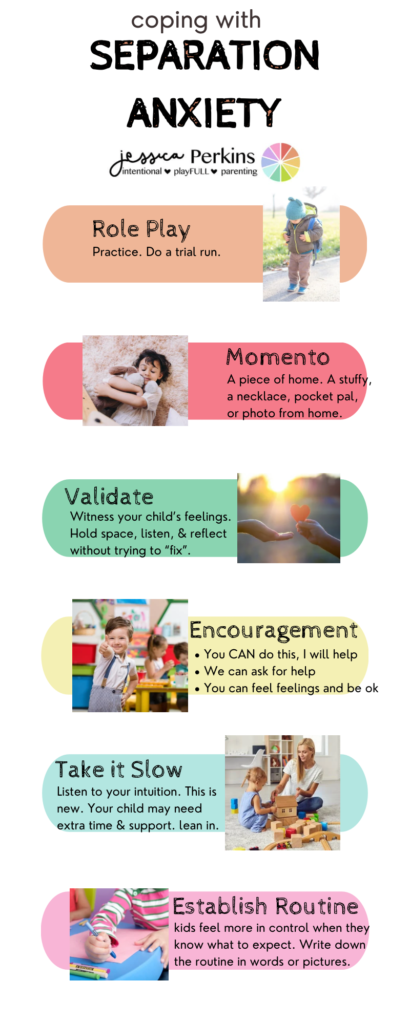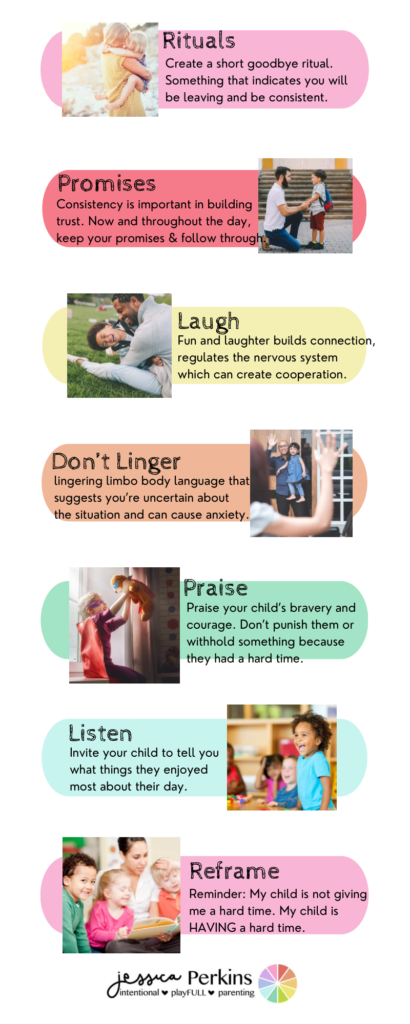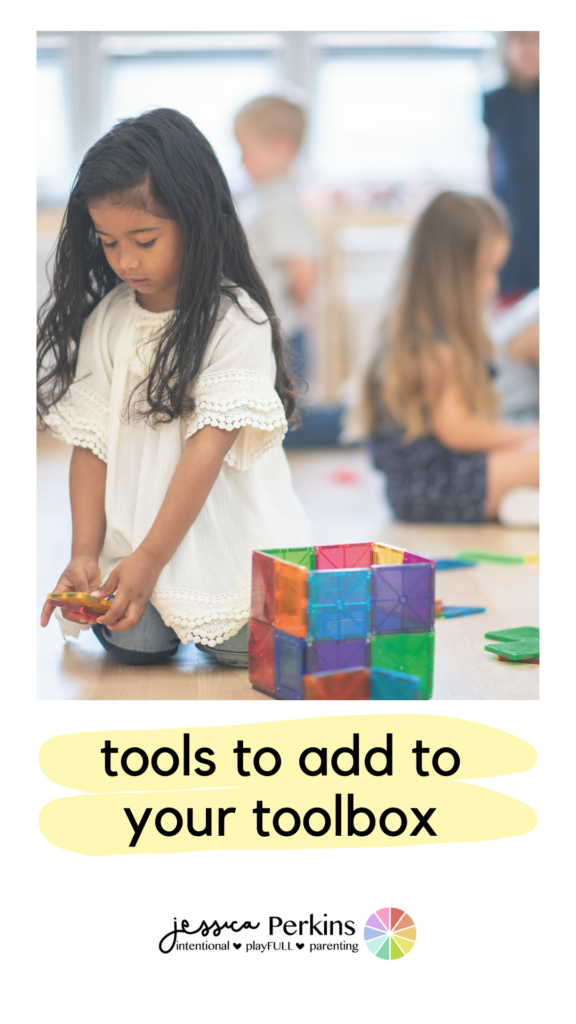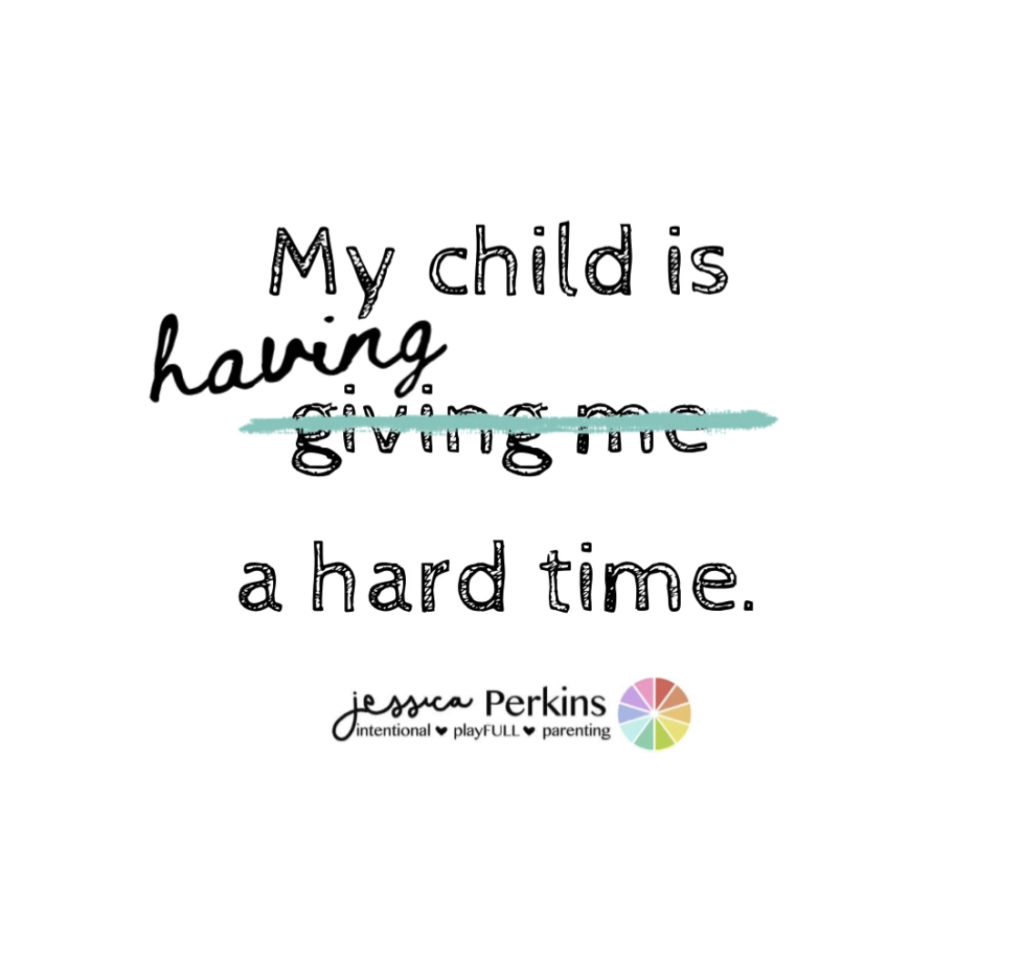

I recently spoke to a friend who was struggling with her child’s separation anxiety. She’d had a really tough time when dropping her little one off to preschool. As a mom and single parent, I know all too well how hard it can be to cope with uncomfortable transitions like these.
I was reminded of all the different situations that have felt hard for both me and the smalls over the years and what tools we’ve used to manage those transitions.
I want to help parents and their children through these challenging situations.
Here are some of the steps we have taken to reduce the anxiety and stress that come with situations like starting a new routine, visiting new places or joining a new group.

Trial Run
You can do this physically or virtually, and plan the route together. Make a list of what to expect and then have your child check off each step so that they feel in control of what’s happening.
Encouragement
Positivity and praise including sentiments like:
- You CAN do this.
- I will help you.
- We will help you.
- Your teacher will help you.
- You can feel these feelings and do it anyway.
Momento
Some children separate more easily with a memento of you or of home. They can find comfort in having something familiar in their backpack or on their body. A stuffy, a necklace or bracelet or a photo work beautifully. Sometimes having a little photo book tucked in their backpack or cubby can be helpful.
Take it Slow
You could start off by having a shorter time at school or having a parent stay session.
Listen to your intuition on this one, you will know what feels right. You probably can’t do this every day due to school policies or work commitments, but this is a big change for our young kids who are going to school for the first time, especially for those who have been at home so long due to Covid. Even a short period could help to ease them in to this new routine and environment.
Routines
Establishing routines will help your child feel more in control and help them with managing expectations. Visual aids like drawings or photos for non-readers, lists that can be checked when a task is done. Use age appropriate images and words, make a smaller list for younger ones so as to not overwhelm them. Together, talk about what your routine will look like. From the time they get up to getting to school. What do you do at home? What do you do at school? Be mindful of not over-talking, follow your child’s lead. Things are not as verbal or cerebral for young kids, so over talking might also cause stress. Find times to gently bring it up during connection and follow their lead, noticing their voice language and body language and attuning to their needs (follow your intuition on when to stop and when to talk).
Rituals
Create a short goodbye ritual. Something that indicates that you will be leaving soon and be consistent with it. Maybe a special goodbye hug, a catch phrase, a secret handshake. Just something simple that says goodbye – but I’ll be seeing you again soon. You may be tempted to leave without saying goodbye when you child is engaged, but this can actually make separating worse next time because it you were there one moment and gone the next. Saying goodbye and having an easy ritual connected to it is far better in the long run. Stick with it. Be gentle and consistent-this teaches children they can rely and depend on us to do what we say we are going to do – and that we won’t just disappear.
Promises
Keep your promise. Consistency is so important in building trust. When you say something to your child, follow through. It takes time to build trust (not just during school separation moments, but many connection moments in general). All of these little trust touchstones build a foundation for connection. They pave the way for kids to have the space to go out to explore and adventure in the world. Knowing you will be there when you say you will give them the confidence to count on you and trust you at your word.
Laugh
Fun and laughter builds connection and goes a long way in receiving cooperation. Make the morning enjoyable; it helps to regulate the nervous system making discomfort, anxiety and novel experiences more tolerable.
Don’t linger
Avoid lingering at the point of dropping your child off somewhere. Lingering limbo is body language that suggests you don’t trust the situation and can cause more anxiety and dysregulation for a child. Our little ones are sensitive to our feelings and behaviors, they feed off of us.
Praise
It is so very important that at the end of the day we praise their bravery and focus on the GOOD! Don’t punish them for having had a hard time or withhold something because they were having a hard time. Focus on the positive and affirm what they did well.
Listen
Invite your child to tell you what things they enjoyed most about their day. Over time, note those things down onto index cards and draw pictures or attach photos so that your child has them to reflect back on and in turn, look forward to.

Reframe for yourself
Clinginess is a sign that a child is attached to you. It’s developmentally appropriate and a good sign that you have a connected relationship. Your child isn’t trying to give you a hard time, they are having a hard time.
This is a mantra I remind myself of often when I’m feeling dysregulated from the big feelings my child is having. It gives me the ability to sit in that overwhelm and discomfort with a bit more patience and centering. Over time, your child will start to separate and attach forming other relationships, perhaps with a teacher or a friend, but trust takes time to build. This is normal and the time it takes will vary depending on each individual child, their history and their experiences.
The main takeaway from this is that you want to convey to your child that:
- I am here for you, you can trust me.
- You can do hard things, even when it feels uncomfortable.
- We can find tools and support, together, to make it easier but it can still be hard. And that’s ok. We will figure it out together.
- You can trust me and your grown ups to work together to help figure it out.
- You are safe.
- This is new and might be a little ______(use the word your child uses)______ AND I know you can do it.
Our young people are little humans with feelings, fears and needs. They want to be seen and heard. Even if we, as grown ups, don’t understand their overwhelm or their big feelings, it doesn’t matter. Sitting with your child IN their feelings is validating, affirming, and important to them. Showing up for them in this way continues to build the bridge of trust in your relationship while also providing them with tools to grow and develop in the world more independently.
Young children aren’t designed to fully individuate at 5, 6, 7 years old. Or even throughout elementary school. We may think of our kids as “big kids” but they were given us grown ups for a reason. Humans need each other and this is one of the ways in which we grow and develop naturally and wholly.
If you would like to dig deeper into this subject, there are some really wonderful children’s literature books available that can help with separation anxiety for both children and parents.
Here are a few that I can recommend personally. (affiliate links which means we may receive a small commission from the sale at no cost to you.)
The Kissing Hand – Audrey Penn
I Love You All Day Long – Francesca Rusackas
Daniel Goes to School – Becky Friedman
The Invisible String – Patrice karst
If you would like to keep up to date with blog posts, products and news, join my email list here. You can also find me on Instagram and Facebook.
Xoxo Jessica
Disclaimer: This post may contain affiliate links. If you click one of them and it results in a sale we may receive a small commission at no cost to you. Thank you.
